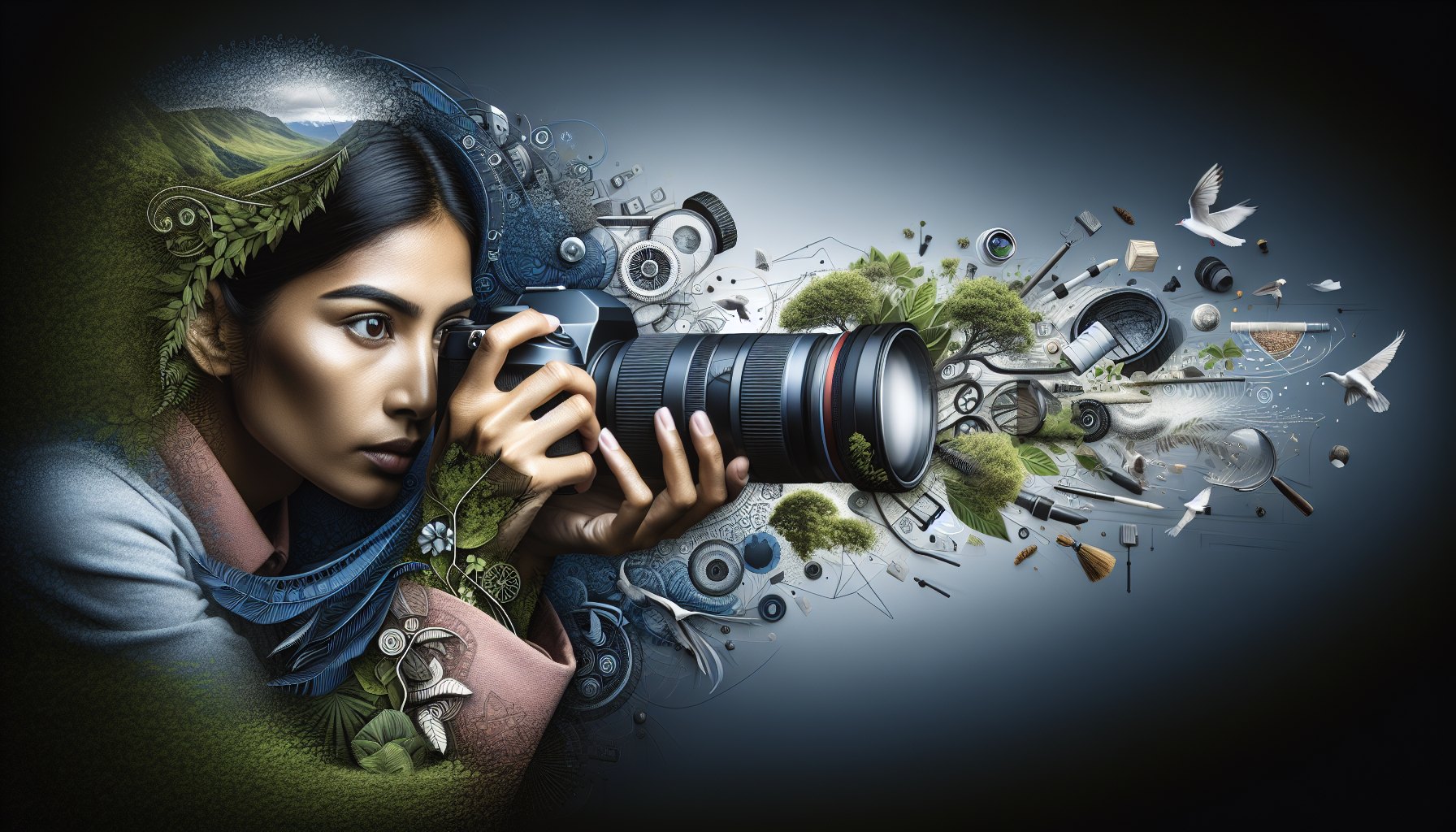Title: Behind the Lens: A Behind-the-Scenes Look at Photography
Photography is like a portal that offers us a glimpse into far-off lands, enables us to relive our most cherished moments, and provides a visual narration of the world unfolding around us. Yet, the beauty and magic that we see in photographs are often the results of many painstaking yet passionate processes, hidden behind the lens. This article delves into the intricate art of photography, revealing what happens behind the lens, and the process that breathes life into timeless moments captured in a frame.
The endeavor of photography begins even before the camera comes into play. The conceptualization phase is where the photographer lays the groundwork. They visualize the image they want to capture, the emotions they wish to evoke, and the story they aspire to tell through their photography. This phase often involves understanding the subject, identifying the lighting needs, and fine tuning the desired perspective. Prospective photographers must appreciate that a great photograph comes to life not by chance but through careful planning and thoughtful execution.
Once the planning phase is over, the actual shoot begins. Here, the photographer weaves together their vision, technical skills, and understanding of the environment to capture the perfect shot. Deftly altering the camera settings – adjusting the shutter speed and aperture, tweaking the ISO, professional photographers balance between their technical acumen and intuition to get the intended result. Mastering the ever-present constraints of lighting to achieve the desired ambiance for the shot, represents a significant aspect of the photographer’s artistic journey.
The versatility of the photographer truly shines during unexpected circumstances. Weather changes or sudden shifts in lighting, unexpected movements of a subject, or changes in the overall setting, can disrupt carefully laid plans. However, a seasoned photographer responds to such unforeseeable events with creativity and adaptability, managing to turn obstacles into opportunities and thereby enriching the eventual output.
Post-capture, the raw image undergoes the transformation phase, more commonly known as post-processing. This is where the photographer uses various software to edit the pictures, adjusting exposure, tweaking colors, cropping, and implementing fine details to enrich the visual narrative. While some may argue that it tampers with authenticity, experienced photographers see it as a valuable tool to enhance their raw captures. It allows them to portray the image exactly how they envisioned it, bringing their creative perspective to the forefront.
It’s important to dispel the common misconception that photographers simply ‘take’ photos. They don’t just take; they make photographs. They blend their passion, creativity, and skills to fabricate lasting impressions in a frame, carefully orchestrating every element to captivate the viewer. It’s an intriguing composition of thought, technique, patience, and innate talent.
In an era dominated by digital media, the significance of photographers extends beyond preserving life’s moments. With their unparalleled ability to touch the viewer’s soul through their capable lens, photographers have the power to raise awareness, evoke emotions, and instigate change.
Behind every photograph lies an untold story, and behind the lens is a photographer – the unsung hero who combines the science of light, the art of composition, the nuances of color, and the subtleties of emotion to craft images that transcend the confines of time and space. As observers, it’s crucial for us to appreciate not only the final product but also the extraordinary journey of creation that remains hidden behind the lens.
From meticulous planning, taking the shot, bracing for unpredictability, to the defining strokes of post-processing, the art of photography captures more than just moments. It frames the echoes of our existence, immortalizes fleeting instances, and underlines the magnificity of ordinary moments. So, next time you look at a photograph, remember the story and the silent narrator behind the lens.

